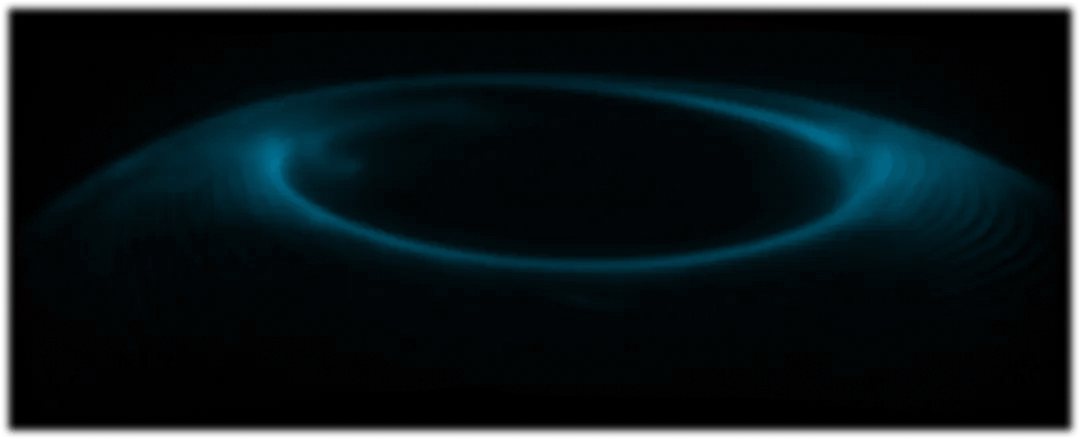In an age where digital marketing reigns supreme, advertising dollars have found a new battlefield: the fight against ad fraud. A recent report by Juniper Research has revealed that nearly a quarter of online marketing dollars will be lost to ad fraud in 2023. This means a staggering $84 billion out of the $382 billion spent on online advertising will be squandered due to fraudulent activities. In the mobile advertising realm, the situation is even grimmer, with ad fraud eating up about 30% of total ad spend.
Read the full report here - https://fraudblocker.com/ad-fraud-data-facts
Defining Ad Fraud
Ad fraud, as outlined by Juniper Research, is described as "the illegal act of intentionally repeated clicking on PPC (pay-per-click) ads to artificially inflate traffic statistics and generate revenue for illegitimate sources while reducing the return on ad spend for advertisers." It's a form of deceitful manipulation where fraudulent actors employ techniques such as click bots, click farms, and incentivized clicks to exploit digital advertising systems.
The Alarming Projections
The report provides a bleak outlook for the future of online advertising. By 2028, marketers are expected to allocate a staggering $747 billion to digital advertising, with ad fraud accounting for a significant 23%. This implies that despite efforts to combat ad fraud, it continues to evolve and remains a persistent threat. Furthermore, Juniper Research anticipates that the majority of ad spend loss in 2028, a staggering 42%, will be concentrated in North America, followed closely by India.
A Global Issue
The ad fraud problem is not confined to any one corner of the globe. Juniper Research's extensive analysis included digital advertising datasets from a whopping 78,000 "unique sources" across 45 countries. This widespread reach underscores the scale of the challenge that the digital advertising industry faces in combatting ad fraud.
Addressing "Made-for-Advertising" Sites
In a parallel effort to curb ad fraud, industry stakeholders have taken significant steps. A report released this summer by the Association of National Advertisers revealed that marketers spend approximately $20 billion on "made-for-advertising" sites that employ clickbait to attract readers. Such sites exacerbate the ad fraud issue by luring unsuspecting users into clicking on ads with false promises.
To tackle this problem head-on, several trade groups came together last month to establish a common definition for "made-for-advertising" sites. This collaborative effort aims to provide clarity and guidance for advertisers, helping them avoid fraudulent inventory.
Supply-side platforms like Pubmatic and Magnite have also pledged their support by announcing that they will no longer include these types of inventory in curated publisher lists sold to select advertisers. By refusing to support these deceptive platforms, these industry giants are making a strong statement against ad fraud.
Solving the Issue
The driver behind this is largely due to expansion of bots inflating site pageviews as well as progammatic buying and selling. We believe that the future should move to a more direct relationship between the buyers (advertisers) and sellers (publishers). This relationship is enhanced through audience sharing and that audience sharing must have its foundation in consumer consent.
Additionally, you will be reducing your emissions in the process - https://www.adfixus.com/post/adfixus-targeting-scope-3-emissions
Conclusion
As we navigate the ever-changing landscape of digital advertising, the battle against ad fraud remains a significant challenge. The alarming statistics provided by Juniper Research emphasize the urgency of the situation. Despite the industry's proactive efforts to curb ad fraud, the problem persists and threatens to undermine the trust and effectiveness of online advertising.
In the coming years, it is imperative for marketers, advertisers, and industry stakeholders to continue working together to develop innovative strategies and technologies that can help identify and eliminate ad fraud. Only through a collaborative approach can we hope to preserve the integrity of the digital advertising ecosystem and ensure that ad dollars are spent wisely and effectively.













